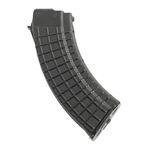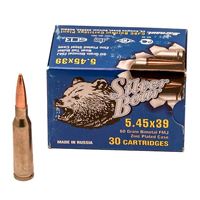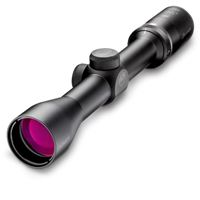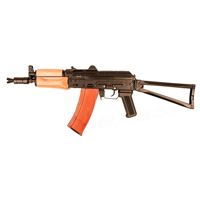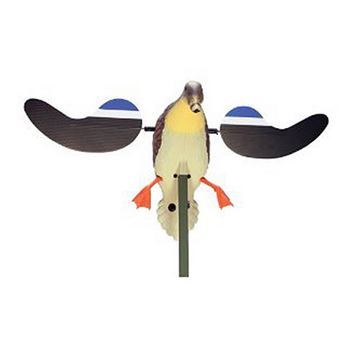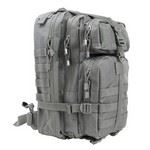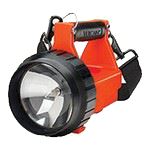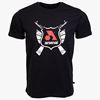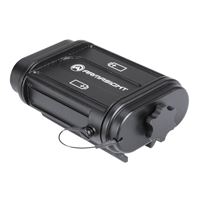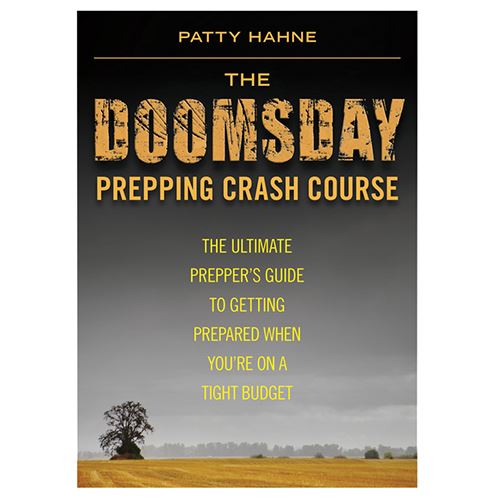When we reflect, ruminates, reminisce, and muse on the past, we generally use images from the past in our thoughts. Few of us think completely in the abstract. When I think of my younger years and getting into shooting, I recall my fascination for the 1911 .45 at an early age. That was a long 50 years ago, and my interest has never waned.
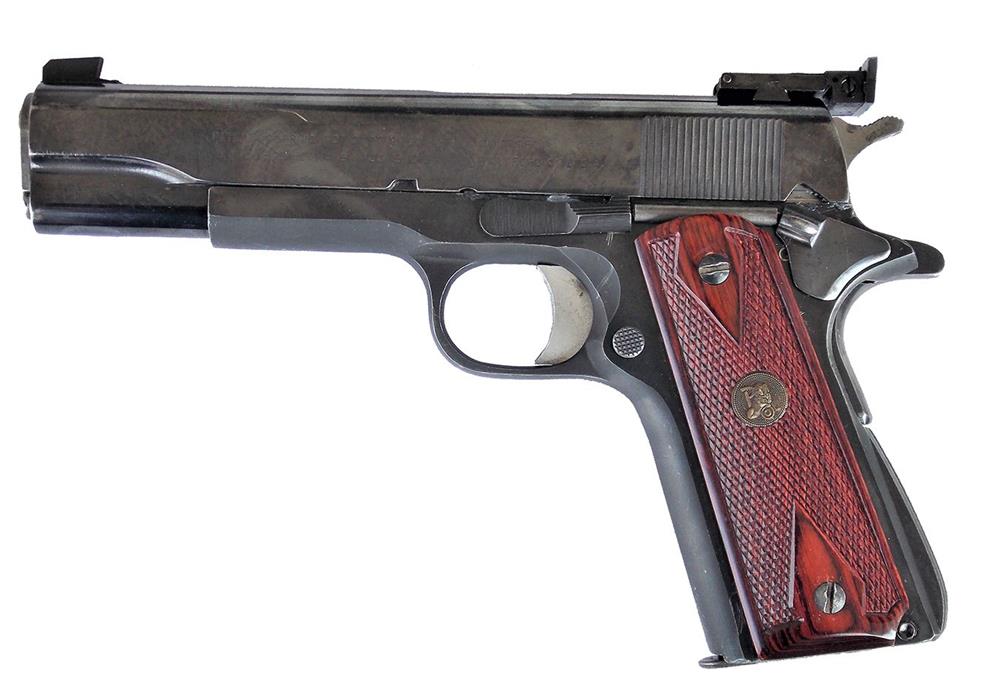
Early in my shooting and working years, I owned perhaps four or five good guns and usually traded one to get another. Sometimes, I traded a good gun and didn’t get a better gun in the trade, but we have all had such mishaps. I think a great difference in the shooters of that time (and the shooters starting out today) is that they expect a handgun to be ready for use out of the box.
To some it is a great surprise that few, if any, 1911 handguns were ready for competition in the 1970s and 1980s. Les Baer and Bill Wilson were yet to come. Some of the finest work ever accomplished on 1911 handguns was the work done by Army gunsmiths between 1918 and 1935. The Colt National Match gave us a decent bullseye gun, but the best examples were turned out by shops ran by craftsmen that mixed art and mechanics, sometimes engineering. I grew up in the heyday of these makers but could not afford one of their guns. Today, I own one of the best examples of the era.
Very often when looking at the work of artists in steel we discover past styles that influenced their work. The pedigree is traced to the instructor or gunsmith where the artists did their journeyman work. Sometimes, we have very little to go on save for the surviving work. I have seen several 1911 .45s modified by George Madore. These pistols are credible examples of the gunsmiths’ trade.
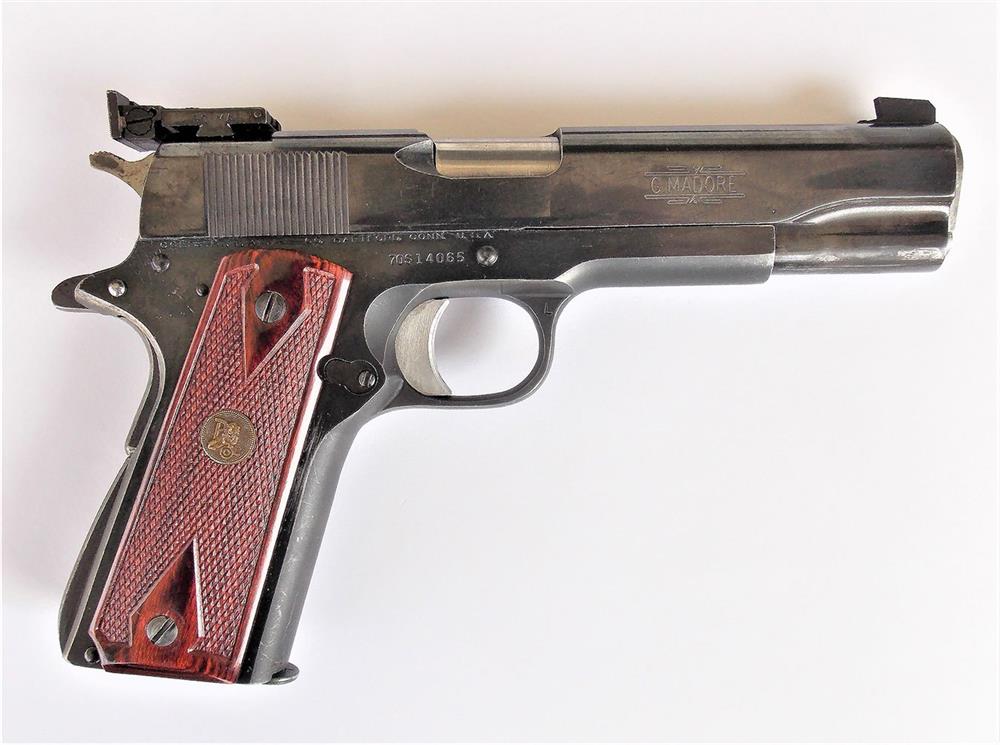
There were many gunsmiths that performed good work and a few that were exceptional. My examination of the handgun on hand falls into the exceptional category. Madore worked on many handguns prior to his death about 15 years ago. Among these were Hammerli 208 handguns and quite a few 1911s. He worked, by my best information, in a shop at his home, as many smiths of the era did. He provided witness targets with the guns. Among his innovations was a tab on the barrel to snug up the barrel fitting.
I have also seen a single example of what must have been his later work. A 1911 slide was fitted with an Aimpoint sight. Not on a rail or a mount but fitted directly to the slide, among the first examples of an optic mounted directly to a moving part. Today, I often fire and enjoy my factory red dot equipped SIG P229 RX. I did not know the direct Aimpoint mount on a 1911 existed until recently. Madore definitely had a forward-looking bent.
I found my own Madore 1911 in the used gun section of a reputable shop. I knew it was a bullseye Colt and did some research before returning to purchase the piece. This beat doing the research after the fact, which has been a hard lesson for many of us! The piece features what is probably a GI slide and a Series 70 frame.
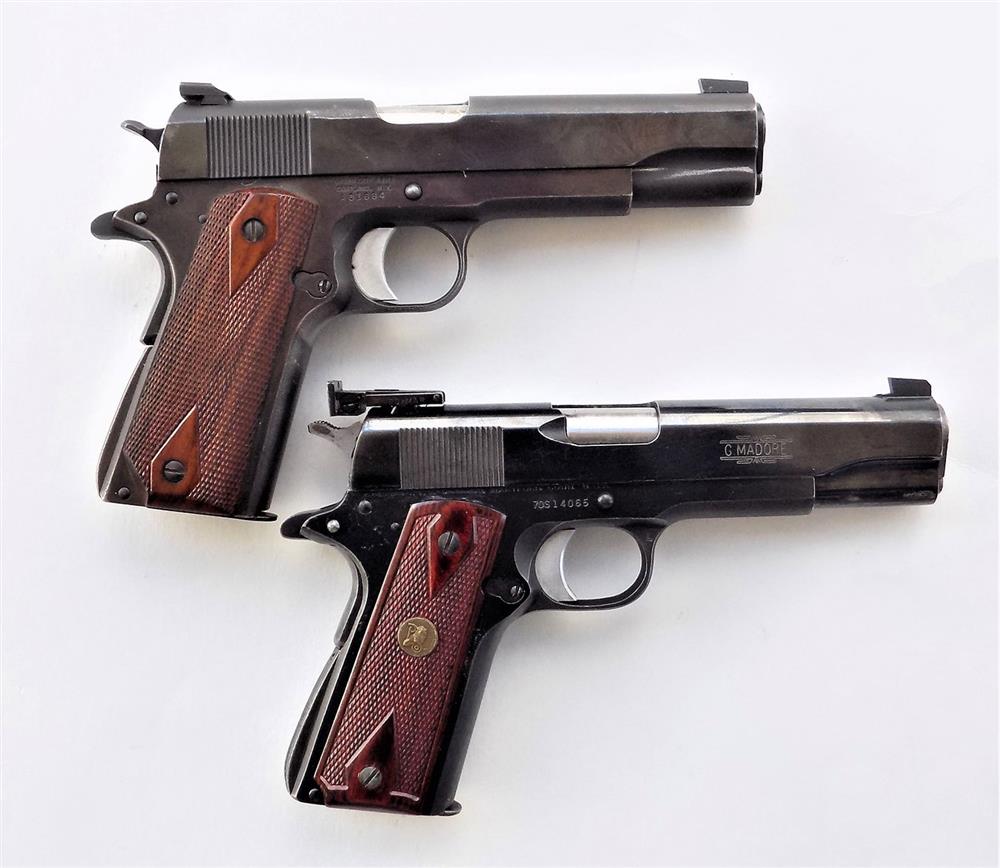
As I looked more closely, I found modifications that were popular in the era. This marks the pistol as one of his early guns, but I have no certainty save my own experience and opinion. As one example, some shooters miss the standard GI or Colt Commercial grip safety or do not depress it sufficiently to release the trigger. There is a great difference between a competition gun and a carry gun, and blocking the grip safety was common a generation or two ago. A thin wire was sometimes ran through a hole drilled in the frame and grip safety. Some were simply taped shut.
The Madore guns were sometimes modified by cutting the leaf spring that controls the grip safety. This eliminated the grip safety’s lock on the trigger. You are free to use the thumbs forward grip and allow the palm to rise off the grip safety. The pistol will still fire. Much later, Novak offered a backstrap that eliminated the grip safety, and it was quite well made. The Madore modification worked. I should stress I strongly prefer an operating grip safety for a carry 1911, but for Bullseye, the Madore solution is fine.
The pistol has some of the classic upgrades of the time. The slide features a well-done scalloped ejection port. The square front post was possibly hand cut, but it may be a King’s, I am not certain. The rear sight is a Bomar. The Bomar is far more rugged than the factory Colt sights of the day. The stainless-steel barrel bushing is tight and difficult to turn. It required a large bushing wrench with plenty of leverage to turn and a bit of tapping to remove.
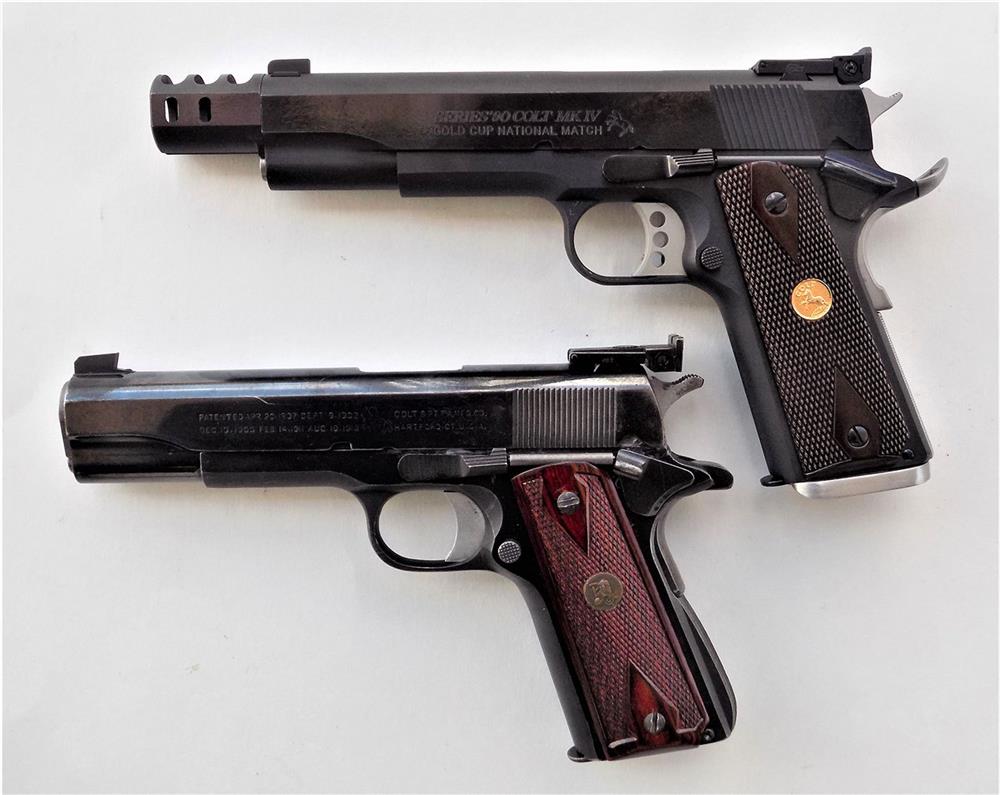
The slide and frame are a tight fit. Since they are a mismatch, this indicates that some fitting of the frame to the slide was done. There was no lateral play at all. The trigger action isn’t light but very smooth at four pounds even. There is no creep or backlash. The grips are a set of Pachmayr double diamonds with plenty of adhesion.
While the Madore gun seems to be set up for Bullseye, this handgun—with a few changes—could make a fine, all-around .45 for general duty, even personal defense. I would return the grip safety to operation and install a heavy recoil spring and go about my business.
These handguns were not particularly expensive at the time, costing perhaps twice as much as a factory Gold Cup. Compared to the present price of Wilson Combat and Les Baer guns, they were a bargain. And they are true custom guns, each being an individual.
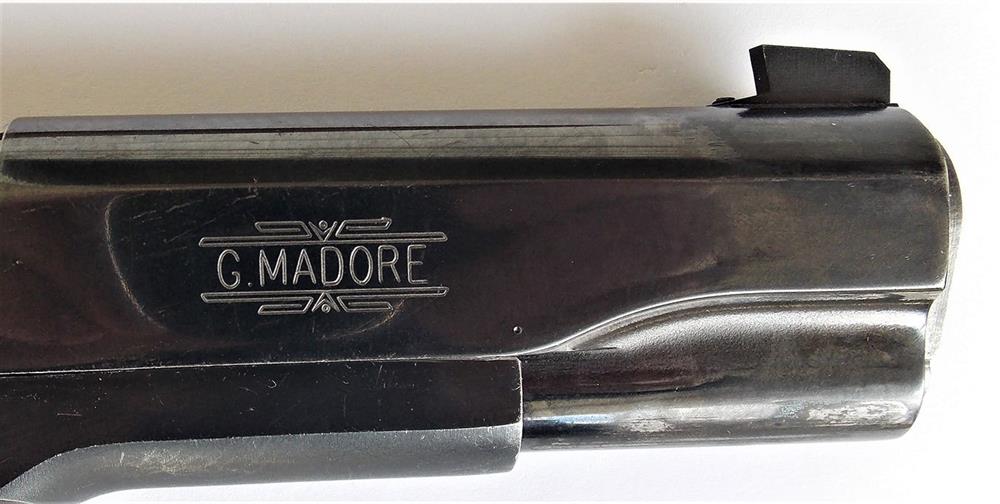
A word to the wise. Caution is indicated when investing in older custom guns. Be certain you know your way around the 1911 and its safety checks. There is no guarantee someone not up to Mr. Madore’s workmanship hasn’t had their hands on the gun in the interval since he built it. In this case I was lucky, and the workmanship and function remain flawless.
Another caution if you expect this gun or a Heinie, Novak, or Action Works build to bring a fair price, it should have the original build list outlining the parts used. This one did not have that.
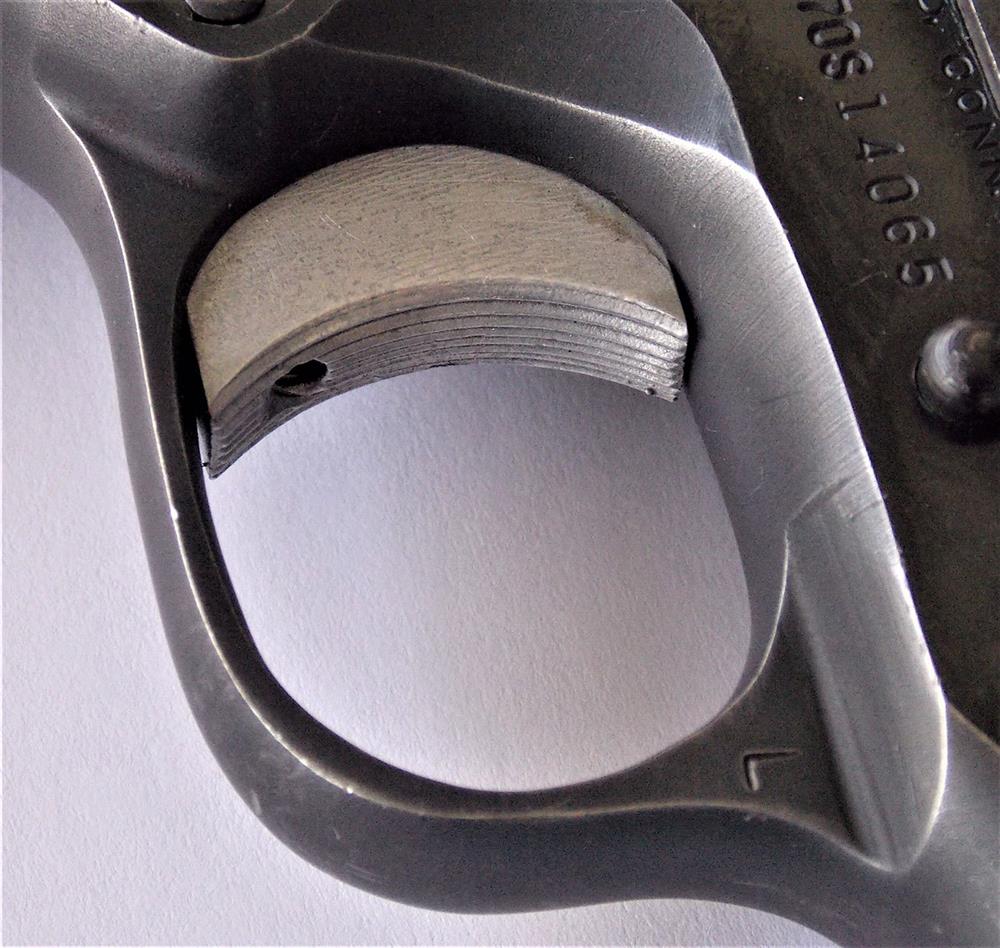
A trip to the range was planned with some excitement. I lubricated the long bearing surfaces liberally and loaded a couple of MecGar magazines with a proven handload. The classic accuracy load for the .45 ACP is a 200-grain SWC over Unique for 850 fps—at least in my book.
From a solid benchrest firing position, I put five rounds into 1.5 inches at 25 yards. Perhaps the accuracy potential is even greater with a bit of handloading and hard work. I also fired five rounds of the Remington 230-grain Black Belt JHP. The pistol not only fed the five rounds well, it clustered into 1.75 inches. This is exceptional accuracy for any 1911. The G. Madore marked pistol has a sense of history and emotional attachment combined with excellent performance. I am proud to own this well turned out pistol.


